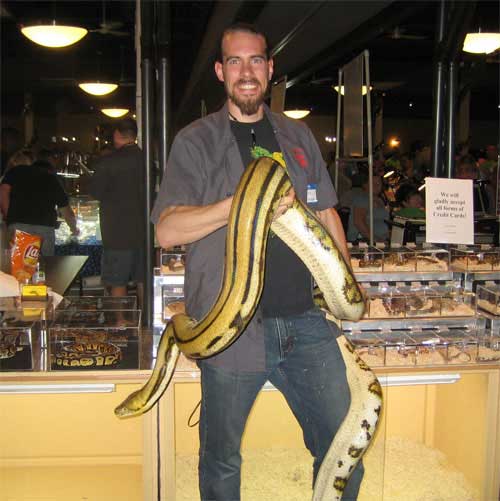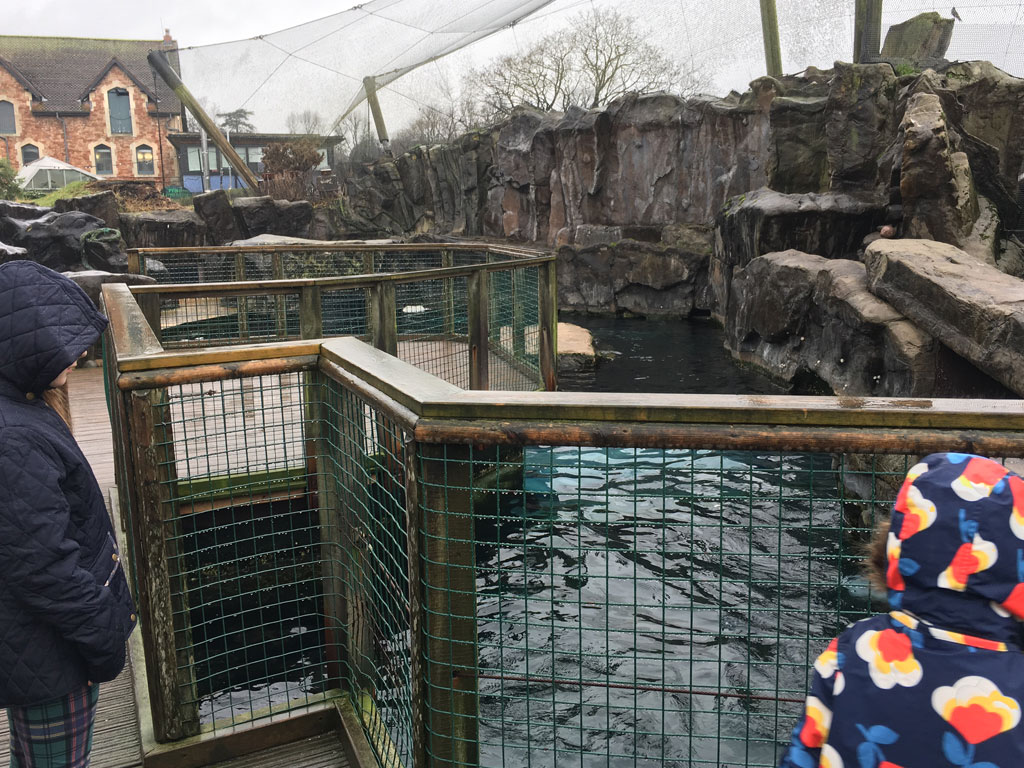

- #Lots of snakes chasing a lizzard plus#
- #Lots of snakes chasing a lizzard series#
- #Lots of snakes chasing a lizzard tv#
For people who are fearful of snakes, it’s quite a brutal watch And I have to say I don’t particularly like snakes! They’re only mildly venomous, and not particularly interested in human beings, but I didn’t wear sandals, because I didn’t want one of them touching my toes!”Įpisode one of Planet Earth is on BBC iPlayer the series continues on Sunday on BBC One at 8pm. But it’s such a powerful moment that, obviously, it went into the film.”Īnd some members of the crew were even scared of snakes“I guess it is the stuff of horror films, really, to see that number of snakes, en masse – and the early shot when we reveal all the snakes, and they pull out of the rocks. That’s an example where the focus isn’t amazing, where the cameraman is literally rolling on it, and doesn’t want to ruin the shot, so the focus is a bit off. It was literally in that writhing ball of snakes, and it got out. … but only once actually escaped a snake’s grip“The shot where the little one gets away – we only saw that once. They all hang out together – you see these little gangs of hatchlings, sitting down amongst the adults. We were filming the iguanas down at the shoreline as well, and you did see a steady emergence of the hatchlings that did make it down to the sea. **Happily, many of the baby iguanas did escape **


The thing is, the iguanas are so beautiful, you’re looking at them through the binoculars, and you can see their little faces, they’re so perfect, and yet within a few minutes, they’re dinner.”

Do not touch, chase or corner them as they may attack in. So I spent the whole time heart beating and basically going, ‘Did he get away? Did he get away?’. These animals are shy and will not attack humans unless provoked or cornered. Because you spend most of your days watching and waiting. Walt Disney’s brother Roy admitted: “There was a time when we were presenting a lot of footage – that we knew was staged – as having occurred naturally.Even the crew were cheering on the baby iguanas to escape“Oh, every single time! Yeah, I was a nightmare director. They were eventually taken to the Bow river and pushed off the bank, the Guardian reported. It was revealed that the crew had in fact disturbingly paid children in Canada’s northern Manitoba region to round up some lemmings. In a classic example, Walt Disney’s lemmings sequence portrays hundreds of the animals committing mass suicide in the sea, which was later proved to be a myth. “In one case a crew tied down a ferret to a rock to lure a hawk.” “When it goes further than editing footage to crews intervening with nature and potentially harming animals, that’s where it crosses the line,” she said. The first episode of 'Planet Earth II,' the sequel to BBC's acclaimed documentary miniseries, aired Sunday. Ms Smaill added that there was, however, an ethical line that filmmakers should not cross. A heart-pounding video of a lizard escaping a minefield of snakes is going viral. We can see the camera move, we can see changes of perspective,, we see close-ups turn to wide shots and vice versa.” The wide tracking shot as the iguana makes it escape as the snakes come out of the earth - I experienced it as a kind of horror film. “The clip from Earth is absolutely compelling filmmaking, it is suspenseful, its production values are impeccable and it makes no attempt to disguise the fact that it is stitched together. “Most nature documentaries try to show the survival of the fittest in the most readily understandable form - a challenge, an annual pilgrimage, a miraculous escape. This is perhaps one of most dramatic and universal stories we have,” he said. “The nature documentary is really only ever about one thing: death and survival - the primal forces of natural life. University of Sydney film studies lecturer Dr Richard Smith backed Ms Smaill’s assessment, claiming that documentaries are “stitched together all the time”. BBC Planet Earth footage of them chasing a baby Marine Iguana went viral on the internet, receiving an.
#Lots of snakes chasing a lizzard plus#
“And it’s the mastery of the audio-visual, footage being sped up or slowed down to tell a story and make a spectacle.” Find out why, plus lots of fun snake facts. “Wildlife documentaries are highly crafted - it’s not a matter of ‘point the camera and shoot'”, she said. Ms Smaill said it was common practice for programmes such as BBC’s Planet Earth II to heavily edit footage for documentaries, especially when it comes to nature films and camera-shy reptiles.
#Lots of snakes chasing a lizzard tv#
“I think that in the age of reality TV and fake news, we’re well-versed as consumers and it’s up to the viewer to discern what’s true.”


 0 kommentar(er)
0 kommentar(er)
